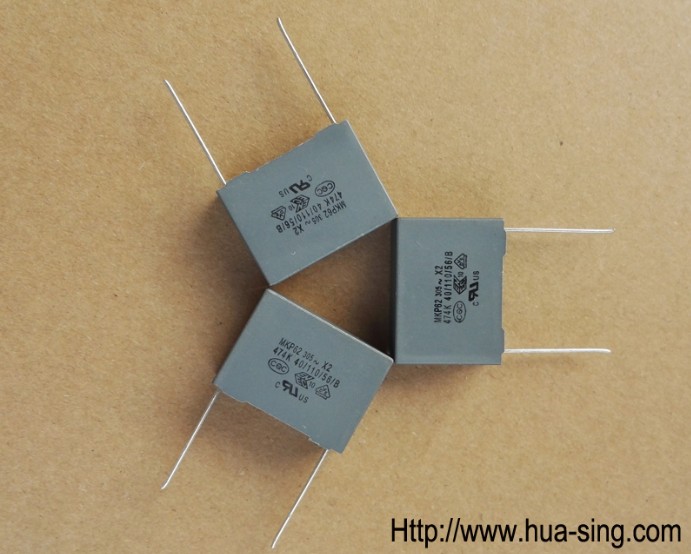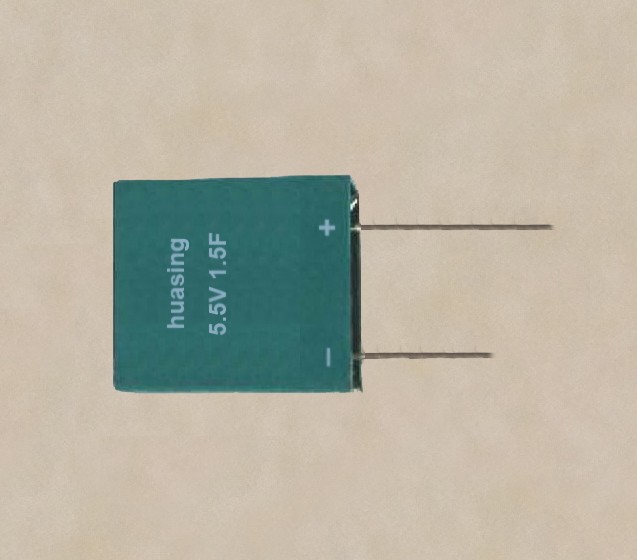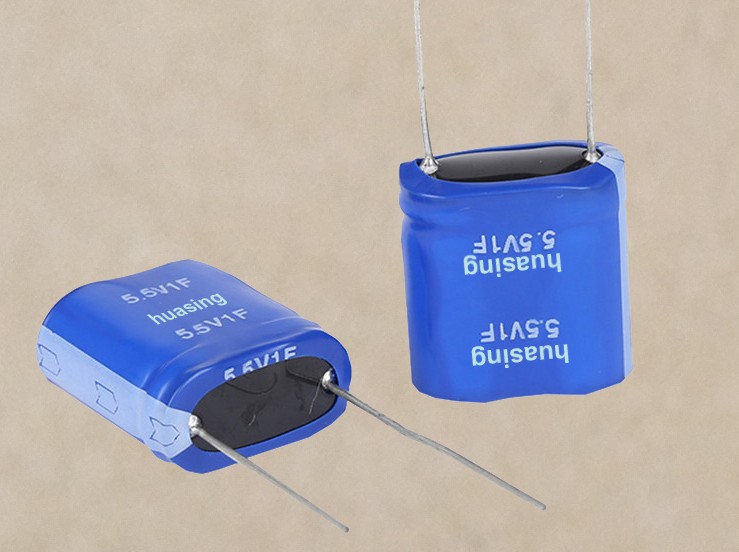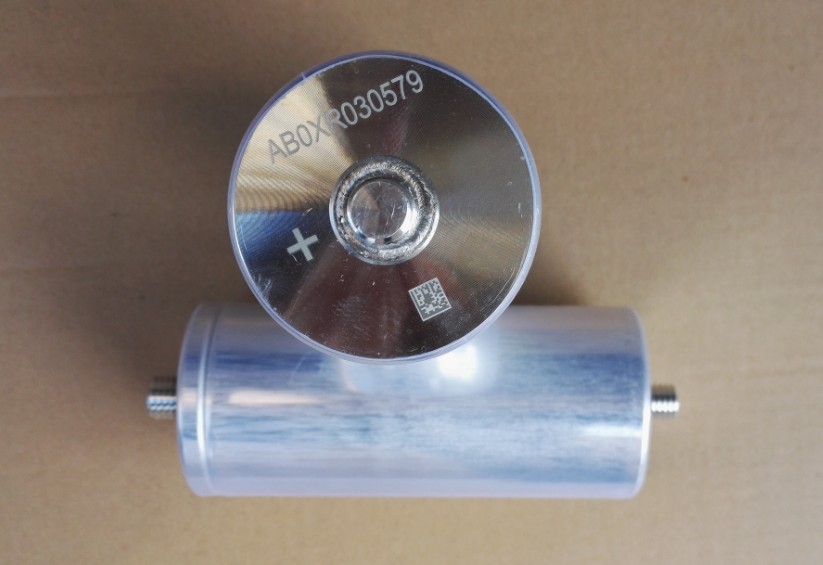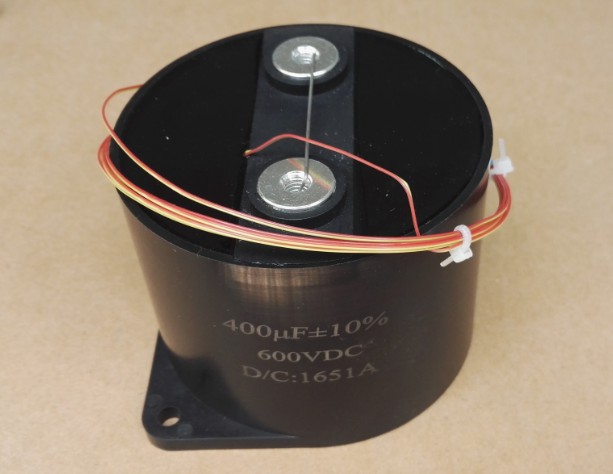What Is A High Voltage Ceramic Capacitor
Overview
With the rapid development of the electronics industry, there is an urgent need to develop high-voltage ceramic capacitors with high breakdown voltage, small loss, small size, and high reliability. In the past 20 years, the high-voltage ceramic capacitors successfully developed at home and abroad have been widely used in power systems, laser power supplies, video tape recorders, color TVs, electronic microscopes, photocopiers, office automation equipment, aerospace, missiles, and navigation.
The ceramic materials for high-voltage ceramic capacitors are mainly two types: barium titanate and strontium titanate.
Barium titanate-based ceramic materials have the advantages of high dielectric constant and good AC withstand voltage characteristics, but also have the disadvantages that the capacitance change rate increases with the medium temperature and the insulation resistance decreases.
The Curie temperature of strontium titanate crystals is -250 ° C, and it is a cubic perovskite structure at normal temperature. It is a paraelectric body, there is no spontaneous polarization phenomenon, and the dielectric constant of strontium titanate-based ceramic materials under high voltage Small changes, small tgδ and small change rate of capacitance, these advantages make it very advantageous as a high-voltage capacitor dielectric.
The main points of the manufacturing process
(1) Select the raw materials
In addition to the composition of ceramics, the factors affecting the quality of high-voltage ceramic capacitors are very important to optimize process manufacturing and strict process conditions. Therefore, it is necessary to consider both the cost and the purity of the raw materials. When selecting industrial pure raw materials, we must pay attention to the applicability of the raw materials.
(2) Preparation of frit
The quality of the frit preparation has a great impact on the ball grinding fineness and firing of the porcelain. If the frit synthesis temperature is too low, the synthesis is insufficient. Detrimental to subsequent processes. If Ca remains in the composite, it will hinder the rolling process: if the synthesis temperature is too high, the frit will be too hard, which will affect the ball milling efficiency: the introduction of impurities in the grinding medium will reduce the activity of the powder and cause the porcelain firing temperature to increase .
(3) Molding process
When molding, it is necessary to prevent uneven pressure in the thickness direction, and there are too many pores in the closed body. If there are large pores or layer cracks, it will affect the electrical strength of the porcelain.
(4) Firing process
The firing system should be strictly controlled, and temperature control equipment with good performance and kiln furniture with good thermal conductivity should be adopted.
(5) Encapsulation
The selection of the encapsulant, the control of the encapsulation process, and the cleaning of the surface of the porcelain have a great impact on the characteristics of the capacitor. For this reason, it is necessary to choose an encapsulant with good moisture resistance, close combination with the surface of the porcelain body, and high electrical strength. At present, most of them choose epoxy resin, and a few products also use phenolic resin for encapsulation. There is also the method of first coating with insulating paint and then encapsulating with phenolic resin, which has a certain significance for reducing costs. Large-scale production lines often use powder encapsulation technology.
In order to improve the breakdown voltage of ceramic capacitors, a layer of glass glaze is applied around the edge of the interface between the electrode and the dielectric surface, which can effectively improve the withstand voltage and high temperature load performance of ceramic capacitors used in high-voltage circuits such as televisions. Lead borosilicate glass glaze can make the capacitor under DC electric field; the breakdown voltage is increased by 1.4 times; the breakdown voltage under AC electric field is increased by 1.3 times.

 Tel:86 0513 65085106 Fax:86 0513 81164838
Tel:86 0513 65085106 Fax:86 0513 81164838 